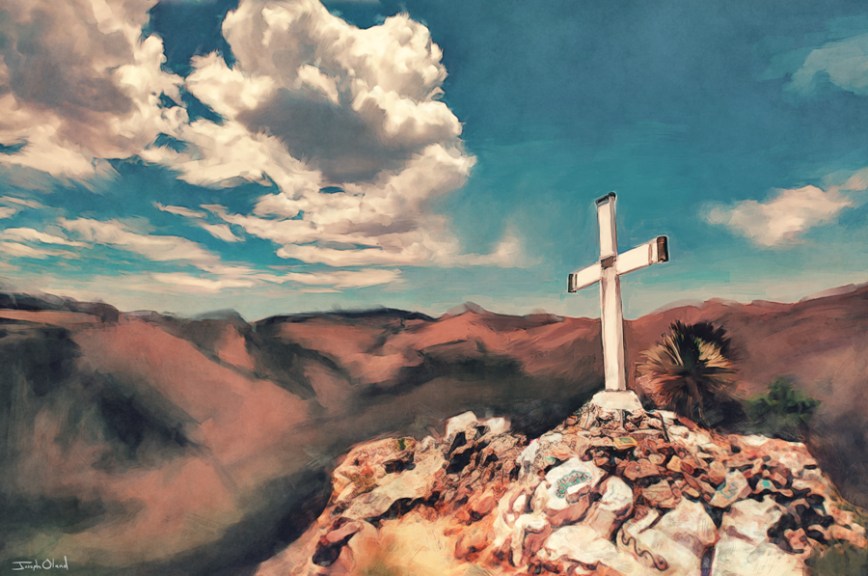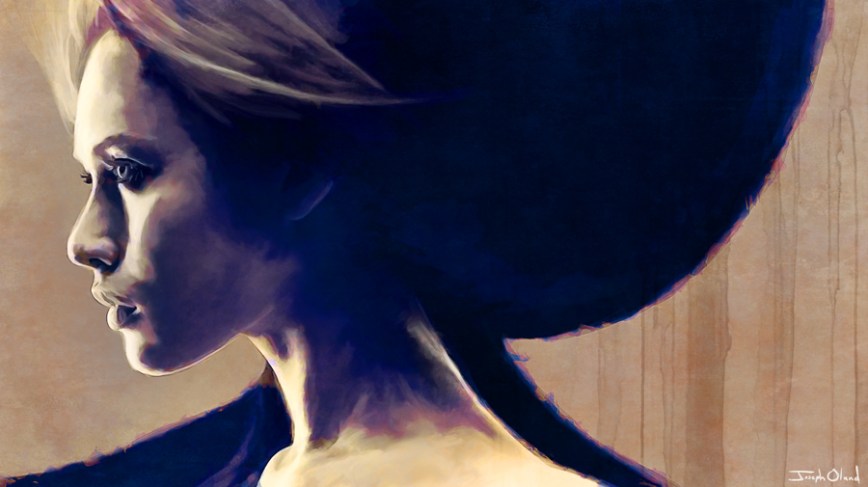MERCHANDISE AND ORIGINAL CANVAS AVAILABLE HERE
FINE ART PRINTS AVAILABLE HERE
– – –
This is an older painting that only a small number of my cohort have correctly identified.
I never had much of an appreciation for the Western genre of film-making. My father was raised in an era in which westerns were incredibly popular, and he tried to share his love for ‘Have Gun, Will Travel,’ ‘Gunsmoke,’ and some of the old John Wayne classics like ‘The Cowboys.’
Admittedly, I liked ‘The Cowboys,’ but there was always something about the genre that never really gripped me.
Well, all things in good time, I suppose.
I pretty-much accidentally rented disc one, season one of ‘Deadwood’ from Hollywood Video, back in the day when Hollywood Video and Blockbuster still existed. At the time, rental houses were just starting to feel the strain that Netflix had been putting on the rental industry, and Redbox was just around the corner. I had a cheap-as-dirt membership that allowed me to have any three movies I wanted for any amount of time I desired. Derelict that I was, I would pick up three discs on my way home from work, rip the content, and then swap them out for three more the next day; this was before the whole RealDVD debacle and I was, for that brief window of time, actually ripping the content legally (read about it here).
This unchained freedom to stockpile media led to me watching a lot of content I probably would have passed over otherwise, including almost all Westers. But I devoured the Sergio Leone films, ‘Shane,’ ‘Unforgiven,’ ‘3:10 To Yuma,’ and dozens of others. And when I found ‘Deadwood,’ it was all over. I was astonished by the writing, the set design, the costuming, the music and texture and magnitude of the whole thing.
And I started making illustrations with a western theme, occasionally hybridizing the theme with Dia de los Muertos imagery – skeleton cowboys, sugar skulls, and the like. The illustration above is inspired by a lesser-known Western that captured my attention a few years ago – let me know if you can tell what it’s from in the comments!
Have a great day, everybody!
-joe









